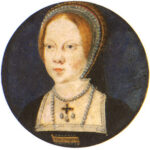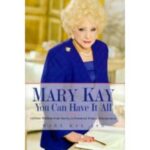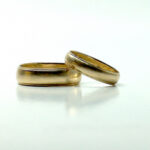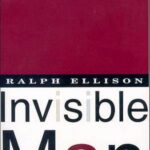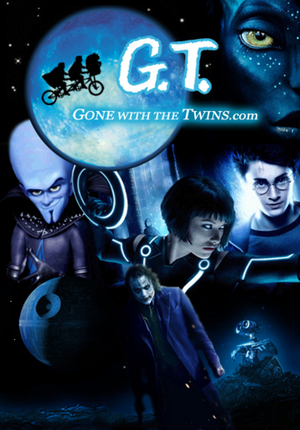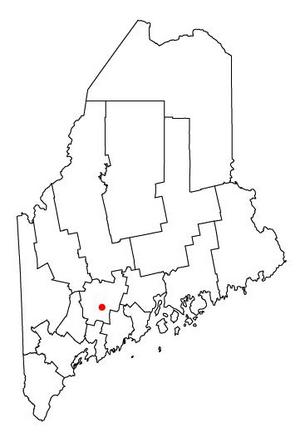In the short story “Happy Endings”, by Margaret Atwood, the narrator offers six different endings for a similar situation. The similar situation is when two people, John and Mary, meet each other. “What happens next?” (pg 22). Version A is the “happy ending” story. The couple falls in love and gets married. They buy a “charming house”, the children “turn out well”, and they have an excellent sex life with “worthwhile friends”. Ultimately, everything leads to a happily ever after where things continue to be “stimulating and challenging”.
Version B is a totally different take on them meeting. In Version B, Mary falls in love with John but he does not feel the same way. John only uses Mary for “pleasure and ego gratification of a tepid kind” (pg 22). “He doesn’t even consider her worth the price of a dinner out” (pg 22). After they have sex, he falls asleep while she does the dishes and “puts on fresh lipstick” with the hopes that he will someday marry her. Mary doesn’t even like the sex, but pretends to because she wants him to get used to her. “One evening John complains about the food” (pg 22). People from work tell Mary that John is dating someone new, Madge. She takes a collection of bills with half a bottle of sherry thinking that John will come to her rescue. “She hopes he’ll discover her and get her to the hospital in time and repent and then they can get married, but this fails to happen and she dies” (pg 23). Madge and John get married and continue on like in Version A.
Version C is also a new twist on their meeting. It is now John who falls in love with Mary. Here he is an older man, who has a wife – Madge – and two children. Mary sleeps with him because she feels sorry for him. Instead, Mary is impressed with another man. James is twenty-two, like her, and “has a motorcycle and a fabulous record collection” (pg 23). Mary finds everything about John boring, “but older men can keep it up longer so on the whole she has a fairly good time” (pg 23). One day James and Mary get stoned and “climb into bed”. John walks in on them and is “overcome with despair”. He then shoots them both and himself. Madge mourns him, but then remarries to a man named Fred. “…Everything continues as in A, but under different names” (pg 23).
Version D is almost a cheesy classic romance story. In this version, Fred and Madge have a charming house by the seashore. One day, a tidal wave destroys their house and “thousands drown”. They are “virtuous and lucky” and thus somehow survive. “Finally on high ground they clasp each other, wet and dripping and grateful, and continue on as in A” (pg 23).
In Version E, Fred dies of a bad heart. “Then Madge devotes herself to charity work until the end of A” (pg 24).
Version F is an explanation for the other versions. The narrator says that each version varies but “you’ll still end up with A, though in between you may get a lustful brawling saga of a passionate involvement, a chronicle of our times, sort of” (pg 24). The narrator continues to say that there is only one true ending to all stories and that is that people die. In these particular versions, “John and Mary die”. The narrator than continues to explain her point behind this piece of writing. Plot is about the stretch in between the beginning and end. She wants the reader to try to find the “how and why” when writing a story, instead of focusing on the what.
There are several important characters in Margaret Atwood’s short story, “Happy Endings. The two main characters are John and Mary. John is the male protagonist and is never given a definite age, although in version C he is an “older man” who is balding. His character changes in each version. Mary is not really given any definite characteristics either. She is the major female protagonist. In version C she is said to be twenty-two. In each version, John seems to define a different type of man that women characterize a certain way. The same is true for Mary. The point is that both of these characters will eventually die, what matters is how and why certain things happen in their lives. That is the real story. Another character in the story is Fred. He is the husband of Madge in three different versions. For the most part, he plays the “perfect husband” role. He is like the guy that each woman deserves to marry. In version C he is the consoling listener who helps his woman move on from a loss. In version D, him and Madge move on from a loss together in an unrealistically romantic matter. In version E, he dies to help his wife learn and grow from loss. Madge is the fourth character that is mentioned in several versions of “Happy Endings”. In version B she is the woman who John feels he should marry over Mary. In version C, John has an affair with Mary while he is married to Madge. When he kills himself, she eventually remarries Fred. In each version, Madge ends up going back to version A. The last character that the writer creates is James. James is only present in version C. He is the twenty-two year old that is not ready for commitment. “James is often away on his motorcycle, being free” (pg 23). John shoots James because John is in love with Mary and catches James in bed with her.
It is hard to say that there is any real definite setting for the different versions. Several versions mention Mary’s apartment or a “charming house”. In version B, the narrator creates a small scene of there being several dirty dishes in the apartment, but for the most part it is kept clean in order to impress John into marrying her. In version D, the “house is by the seashore”. In version F, the narrator says — “remember, this is Canada” (pg 24). It is impossible to put a definite time period or date on the different versions, except that it is most definitely the late 1900s because of the mention of different real estate values and the things that are valued in relationships. Also, the different relationships that are mentioned and the tone used with those relationships make the story obviously more modern.
There are some interesting themes that develop from this short story. One theme could be the idea of what the middle class values as important. Version A seems to sum up what the middle class expects life to be and thinks life should be. Another theme is mentioned in version F. This is the idea that telling a story is not about having a beginning and ending. It can be fun to come up with a “what” for a story but a writer needs to develop a “how and why” to a story as well. This is definitely the main thought behind the entire short story; trying to take plot beyond just stating a “what”.

